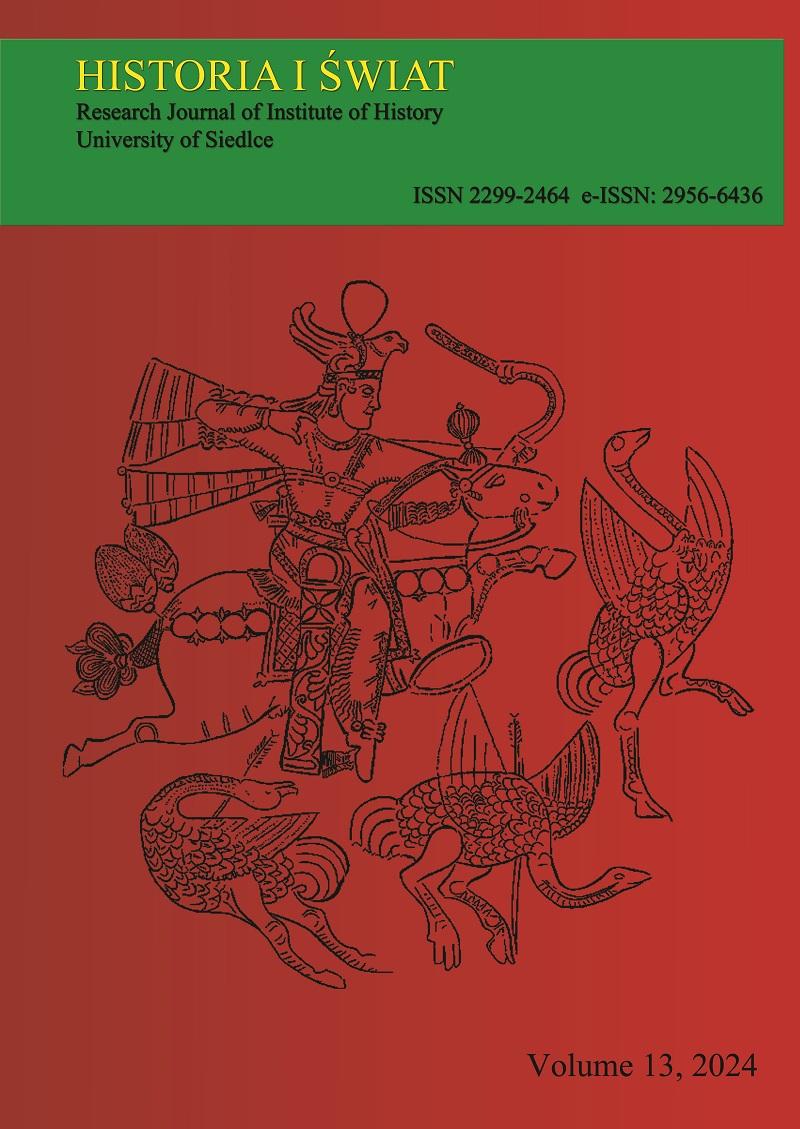The Role of Itinerant Peddlers in Exchanges between Sedentary and Nomadic People in the Ancient Near East on Ethnographic Studies among Qashqai Tribe of Fars, Iran
DOI:
https://doi.org/10.34739/his.2024.13.12Słowa kluczowe:
Iran, Fars, Ethnographic Studies, Exchange, Qashqai Tribe, Itinerant Peddlers, NomadsAbstrakt
Complex nomadic communities have been nurtured for centuries in the Near East with extensive economic and social interactions with sedentary people in agricultural villages as well as with urban centers. The role of the exchange and trade can still be observed today in the dealings of seminomads with itinerant peddlers. Itinerant peddlers (or Pilevar), also known as Tawaf, visited black tents for exchange of goods. In the present study, by adopting an ethnographic approach (face-to-face interview) among the Qashqai nomads of Dashtak in Kazeroun County, we studied the mechanisms of trade, commerce, and exchange of goods and reviewed the role and performance of itinerants in relation to sedentary people and nomads in Qashqai tribe. In this way, we intended to determine the relationship between dynamic and static communities and explore the mechanisms of trade in prehistoric times. According to archaeological evidence and ethnographic research among the nomads of Dashtak in Kazeroun, it can be stated that the itinerant peddlers have played an important role in transactions, exchanges, and trade between nomadic tribes and sedentary people. Such exchanges and transactions between nomads and itinerant peddlers were realized from prehistoric times up to now through barter of goods with goods. Studies and the initial reports from southwest Iran show that itinerant peddlers played a major role in transactions, exchanges, and trade between nomadic and sedentary people.
Pobrania
Pobrania
Opublikowane
Numer
Dział
Licencja
Prawa autorskie (c) 2024 Authors

Utwór dostępny jest na licencji Creative Commons Uznanie autorstwa – Bez utworów zależnych 4.0 Międzynarodowe.




